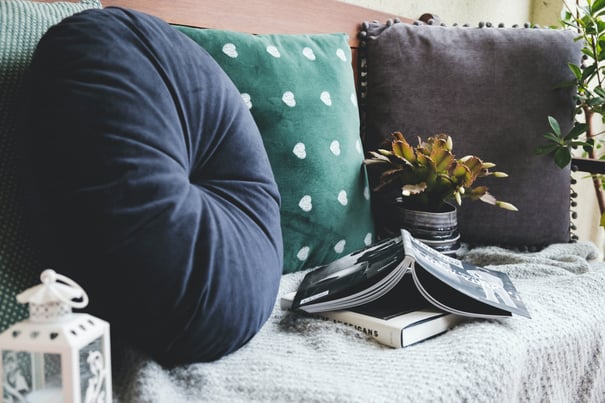 Cushions much like the ones on your couch right now are designed to take the impact force that comes from the piston moving quickly and abruptly stop when coming in contact with the Head or Cap. While this can happen occasionally without major damage to the cylinder, over time this impact loading can cause the tie rods to fail due to fatigue loading, or can cause excess compression loading to the piston, head or cap. This causes distortion of these parts which will ultimately lead to cylinder failure.
Cushions much like the ones on your couch right now are designed to take the impact force that comes from the piston moving quickly and abruptly stop when coming in contact with the Head or Cap. While this can happen occasionally without major damage to the cylinder, over time this impact loading can cause the tie rods to fail due to fatigue loading, or can cause excess compression loading to the piston, head or cap. This causes distortion of these parts which will ultimately lead to cylinder failure.
As the cylinder nears the end of stroke, the cushion piston on the head end, or cushion spear on the cap end enter the primary fluid flow path blocking nearly all of the flow through that path. This blockage causes the fluid exiting the cylinder to be rerouted through a small orifice hole. In most cases there is an adjust screw that can change the size of the orifice to heighten or lessen the effect of the cushion. This reduction in flow area forces the cylinder to slow down for the duration of the stroke which can severely limit the impact forces when the piston contacts the head or cap.
When it is time for the cylinder to extend, the reduction in the flow area which is caused by the cushion piston or spear is then mitigated by a cushion check on the hydraulic as well as a single direction seal in air cylinders. In a hydraulic cylinder this cushion check is simply an internal ball valve that stops fluid flow during cushioning, but allows fluid flow when exiting cushioning. In pneumatic cylinders, the cushion piston and spear enter U-cup type seals that stop the flow of air around the cushion piston and spear, but allow it to flow in the opposite direction when exiting cushion. It should be noted that even though cushion design allows for fluid to flow back into the cylinder at a higher rate when the cylinder is leaving cushion, the cylinder will still show some lag in acceleration until the cushion piston or spear has completely ceased to block the fluid flow area.
While cushions are designed to protect the cylinder from the impact forces created by the piston hitting the head or cap at high speed, they should not be used to slow down the customers work piece. Cylinders moving at high speeds with large loads attached to them can have catastrophically high internal pressures created if the customer is relying solely on the cylinder cushions to slow down the load. Other external means should be used to slow down the large loads in these cases.
Contact Sheffer Design Engineers to talk about your Unique Cylinder Design or use the Checklist below to get started.

